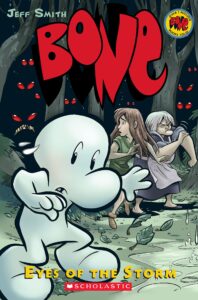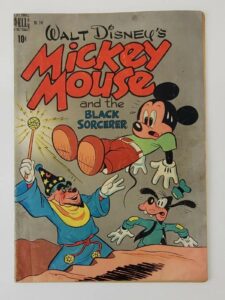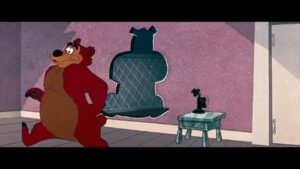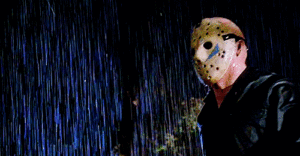Asterix and the Soothsayer (1972)

Asterix and the Soothsayer Review
Asterix and the Soothsayer is the nineteenth volume of the Asterix comic strip series that was written by Rene Goscinny and illustrated by Albert Uderzo. It was published in 1972 and it’s another very solid entry in the series.
A prophet called Prolix arrives to the village to warn the Gauls of impending doom, trying to trick them to leave the village in order for the Romans to settle there. Eventually, Asterix and Getafix must convince everybody that he is not a real soothsayer. This is one of the smallest Asterix stories for better and for worse. On the one hand, it lacked the thematic richness and sophistication of the best entries, but on the other hand, it left a lot of room for excellent characterization.
It was wonderful to see the women get such an extensive role in this installment, even participating in the war itself after drinking the potion. Impedimenta obviously stole the show among the ladies. Obelix was also quite funny in his naivety. It was a great choice to have only Asterix and Getafix in the know about the whole fake prophet thing. It made sense as after all the two are the smartest guys in the village. Getafix saving the day just goes to show how crucial he is to the village’s survival.
But the highlight of the story in terms of characters has to be Prolix himself. This is one of the best one-off characters in the history of this comic series. He isn’t fully villainous, but was actually aware of what he had been doing toward the end. It even made me sad how the Romans treated him. He’s a complex character who elevated what otherwise would have been a simplistic story.
And yes, the writing here is quite simple. It lacked the historical insight and the more sophisticated themes of the best stories in the series. But what it did have is a solid critique of fake prophets and in particular women who would even today believe such nonsense. I just wanted more in terms of plot itself as it could and should have been more complicated in character interactions and a number of plot points. The illustrations are as superb as always with the design of the prophet being very memorable. The dialogue is also quite good as is the humor, though it’s far from the funniest Asterix books.






